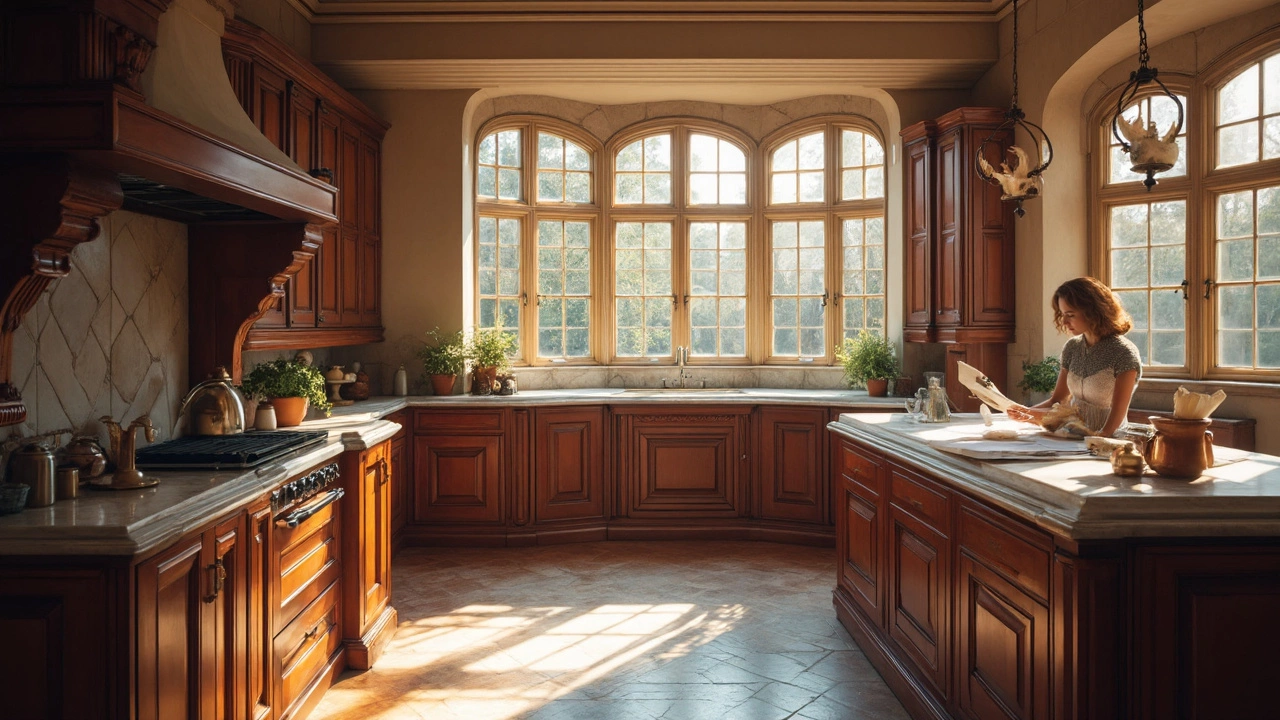Remodeling Budget Guide: Planning Your Renovation Without Breaking the Bank
Starting a remodel can feel overwhelming, especially when the numbers start rolling in. The good news is you don’t need a finance degree to keep your project affordable. Below is a step‑by‑step roadmap that helps you set a realistic budget, pick cost‑effective materials, and avoid nasty surprises.
1. Set a Clear Scope Before You Spend
First, write down exactly what you want to change. Is it a kitchen refresh, a bathroom upgrade, or a full‑home overhaul? The more specific you are, the easier it is to estimate costs. Break the project into smaller tasks—like demolition, plumbing, electrical, and finishes—so you can assign a price range to each.
When you have a list, add a 10‑15% contingency. Unexpected issues (like hidden water damage) are common, and this buffer keeps the budget realistic rather than a panic‑induced scramble.
2. Choose Materials That Fit Your Budget and Quality Needs
Materials often eat up the biggest chunk of a remodel budget. Local quarry products, such as limestone flooring or aggregate for concrete, can be cheaper than imported options while still delivering strength and durability.
Ask suppliers for bulk discounts if you’re ordering a lot of stone or sand. Compare prices between ready‑mix concrete and on‑site mixing; sometimes a small increase in delivery cost saves time and labor.
Don’t overlook the long‑term savings of higher‑quality items. A modestly higher upfront cost on a waterproofing membrane can prevent expensive water damage down the road.
Next, get at least three quotes from different contractors. Look beyond the headline price—check what’s included, like disposal fees, permits, or warranty coverage. A lower quote may hide extra charges later.
Now, map out a timeline. Work when contractors are less busy (often in early spring or late autumn) can earn you lower rates. Coordinating deliveries of materials during off‑peak hours also reduces handling fees.
Finally, track every expense in a simple spreadsheet. List categories (labor, materials, permits, contingency) and update them daily. Seeing the numbers in real time helps you catch overruns early and make quick adjustments.
By following these steps—defining scope, picking smart materials, negotiating quotes, timing the work, and monitoring costs—you’ll keep your remodeling budget under control and finish with a space you love.
Understanding Kitchen Remodel Costs: The Most Expensive Part Revealed

When remodeling a kitchen, recognizing the most costly element can help in planning and budgeting. Often, cabinetry takes the crown as the priciest part due to materials, design, and installation intricacies. Understanding this helps in making informed decisions, whether opting for custom features or considering ready-to-assemble options. Effective budgeting ensures a functional and stylish kitchen without breaking the bank.
read more



